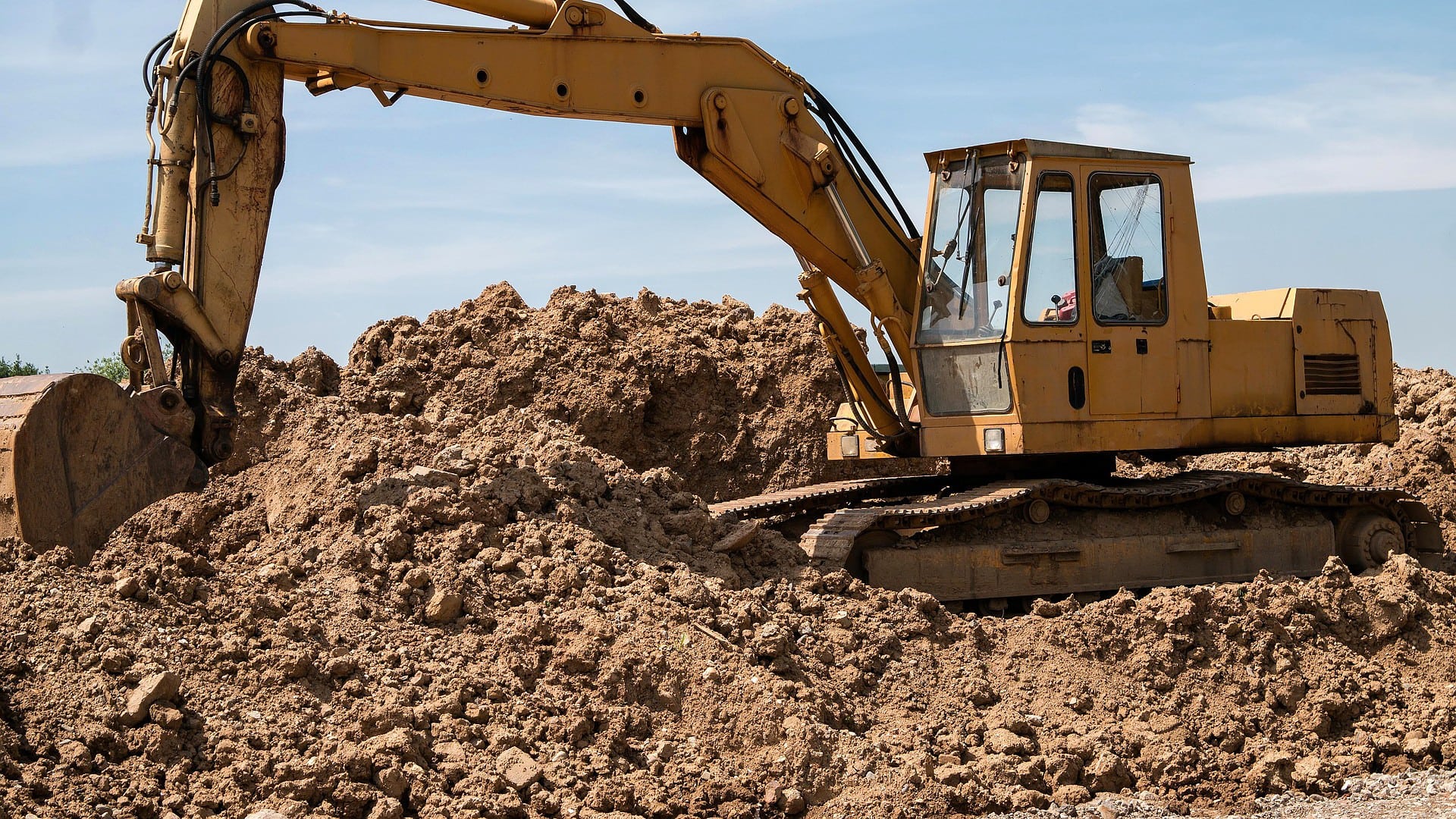From the creation of a website optimized for search engines and users, to the automation of digital marketing, there are a series of online strategies that are basic in different phases of construction. Actions and tools that reinforce and consolidate the whole structure, marketing in this case. Strategies that you should know to know how to move to the next level.
{{cta(‘bb2971b9-bf36-4c36-8edc-75223dba5208’)}}
Phase 1
Brand creation and definition
Branding is not only the process of building the brand of your business, it is what really gives it life, what allows you to differentiate yourself from the competition. It is, in short, your seal of identity. A seal by which your consumers will know your products and services, but also your values through the way you communicate with them.
That is, this is the strategy by which you get your own identity. As a company you need to define yourself and differentiate yourself. You need to be clear about what your objectives are and what types of consumers you are targeting. But you also need to communicate some values through a coherent style both visually, in terms of content and product.
Defining a brand identity (not just a corporate image) also involves taking into account what kind of target you are going to address, what their consumer preferences are (in your industry), what their needs are. Only in this way your brand identity will go according to consumers that in online marketing we know as buyer personas.
Web creation and optimization
Think that building a website can consolidate your reputation and open the way to a greater number of potential buyers who need your products or services. But for this your website must:
- Be based on the identity of your brand which in turn is designed for a specific audience, your potential consumers (buyers).
- Follow a logical structure that satisfies the user experience of these consumers while being optimized for search engines.
The digitization of a business is not a step that should be taken lightly. We find that many medium-sized companies in the building materials sector do not have a website, and those that do have a website do not follow some basic criteria to be optimized for both search engines (such as Google), and for users who should be, after all, the potential customers of the business.
First, a keyword search (keywords) should be performed with which to optimize the pages of your website to achieve better positioning in the search engine search results pages. Keywords that are based on the search terms that your buyer persona would use according to the stage of the buying cycle in which they are. This process of improving the website to attract more visitors from search engines is what we know as SEO (Search Engine Optimization)
But also, your website must be optimized in terms of navigation for your potential consumers. That is, it must follow a responsive design (adaptable to all screen formats) that satisfies the user experience on your website, for which we use the term UX and which basically means that the website must be designed and structured to the consumer’s taste and not yours. After all, it is a construction that is made for someone else, right?

Creation and optimization of web content
In addition, to finish consolidating a website, it must be well furnished. And in this case the content is the fundamental piece that would complete it. The content is what will make your potential customer feel comfortable with the navigation of your website. It is what really interests him most.
Therefore it is important to know the type of customer most likely to consume your products and / or services. Knowing their consumption preferences and needs makes it easier to create content for each of the three stages of the buying cycle, which in marketing we know as: knowledge, consideration and decision.
The previous work of keyword research is also essential for this stage, as it will help you to create the themes of your website and optimize the content based on what really interests them.

